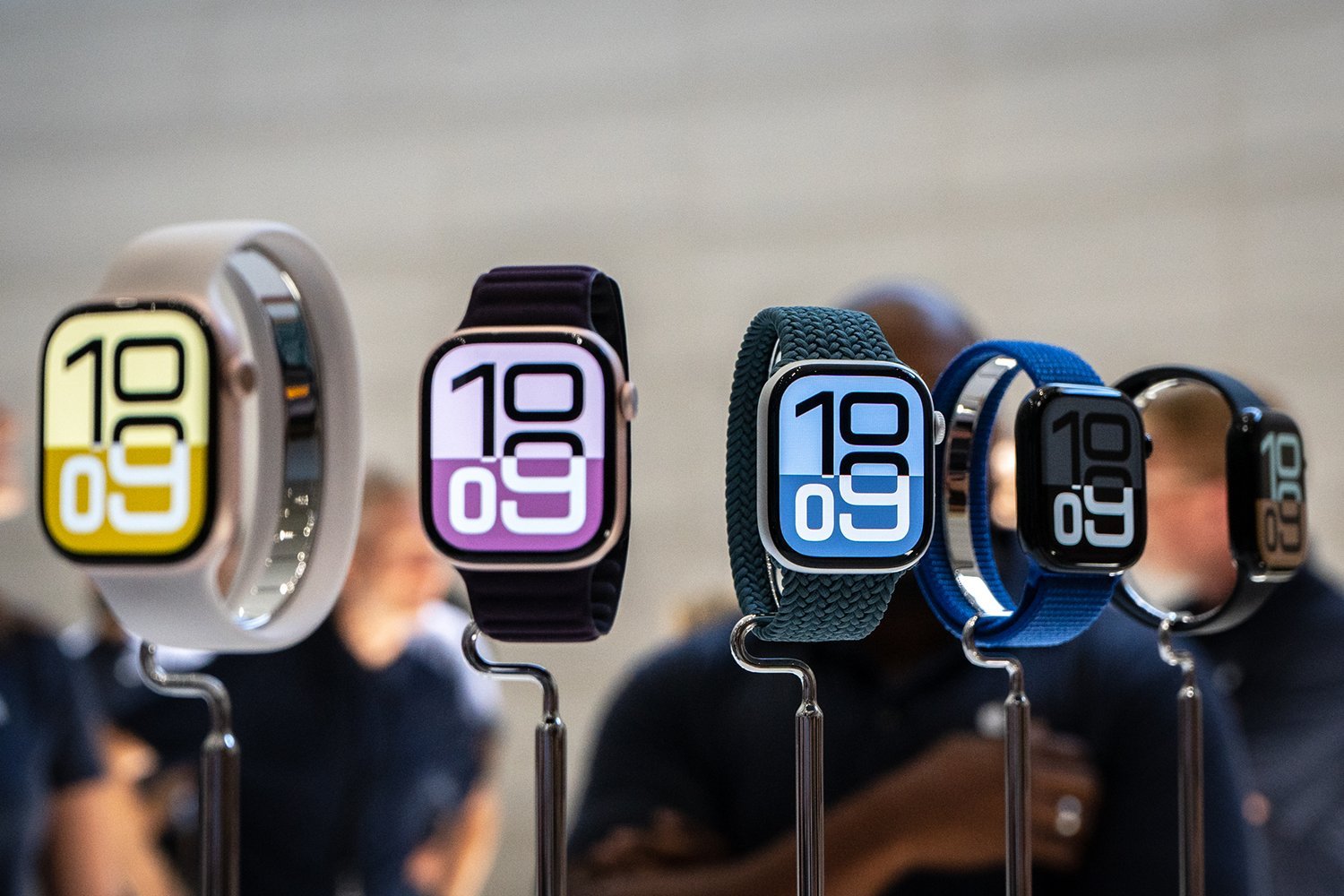Apple’s Blood-Oxygen Reading Feature Is in Legal Jeopardy... Again

Apple just reintroduced a blood-oxygen reading feature to some Apple Watches last week, but a new lawsuit could force the company to turn it off again.
The health tech company Masimo sued U.S. Customs and Border Protection on Wednesday over an agency decision that allowed Apple to restore the feature. Masimo had previously sued Apple, claiming that the company had infringed on its patents.
The timing of the lawsuit comes as Apple has been pushing deeper into medical devices, while also cozying up to the Trump Administration in what some have speculated is an effort to secure favorable tariff policies.
The lawsuit
Masimo says CBP unlawfully allowed Apple to reactivate blood-oxygen tracking on its Watches, even though the feature allegedly rips off Masimo’s tech.
In a lawsuit filed Wednesday in federal court, the medical-device maker argued CBP overstepped its authority with an August 1 ruling that reversed its own January decision.
“It has now come to light that CBP thereafter reversed itself without any meaningful justification, without any material change in circumstances, and without any notice to Masimo, let alone an opportunity for Masimo to be heard,” the complaint reads.
Masimo says it only learned about the reversal when Apple announced on August 14 that it was bringing the feature back, “enabled by a recent U.S. Customs ruling.” This time, though, the Blood Oxygen app will offload the sensor data to the paired iPhone for processing instead of crunching the numbers on the Watch itself.
Masimo is now seeking a temporary restraining order and preliminary injunction to block CBP’s decision and reinstate the original ruling, which had required Apple to fully disable the feature before selling its Watches in the U.S.
The ban on the watch feature has been in place since October 2023, when the U.S. International Trade Commission found Apple was infringing two Masimo patents. Apple kept selling Watches with the hardware intact, but turned off the feature with a software update. Its appeal of the ITC ban is still pending.
The lawsuit also points to the timing of Apple’s big domestic investment pledges. After announcing more than $500 billion in U.S. investments earlier this year, Apple unveiled another $100 billion outlay during the August 6 Oval Office meeting with President Donald Trump.
Apple’s push into health
The new lawsuit also comes as Apple has increasingly been rolling out health features on its devices.
Last year, Apple added a scientifically validated hearing test and a clinical-grade hearing aid mode to its AirPods Pro 2, letting them make “personalized dynamic adjustments” to amplify sounds in real time. The company has also rolled out a new sleep apnea feature for its Watches—an algorithm that can detect signs of moderate to severe sleep apnea by analyzing breathing disturbances.









